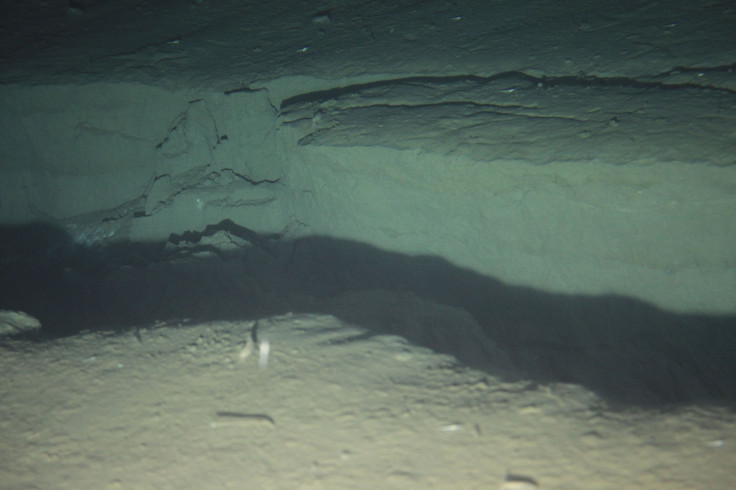Deep Sea Earthquakes Release Water Into Earth’s Mantle, Process ‘More Vigorous’ Than Thought

Far below our feet, deep within the Earth’s crust, could lie a vast body of water, according to new research from seismologists in the UK.
Researchers from the University of Liverpool believe the majority of our planet’s water could be hidden deep underground. Their study, published in the journal Geology, posits that deep sea fault zones are capable of transporting large amounts of water from Earth’s oceans into the upper mantle. Scientists estimate that the Japan subduction zone, one of the main causes of earthquakes and tsunamis in northern Japan, could single-handedly pump up to 3.5 times the water of all Earth’s oceans into its mantle.
“The extent of oceanic mantle hydration is poorly constrained by existing observations, and is a major source of uncertainty in determining the total water delivered to the mantle,” researchers noted.
Earthquakes occur at fault lines all over the world and many of them happen deep under the ocean floor. During these earthquakes, large amounts of water can be pushed deep down into the Earth’s mantle. This happens when one oceanic tectonic plate is forced underneath another, a process called subduction.
Using seismic modeling techniques, researchers studied earthquakes along the Wadati-Benioff zone, the plane where tremors in the mantle occur. They studied earthquakes that took place over 60 miles below the planet’s surface.
They found that tectonic movement at that depth and of a certain magnitude could deliver water to the mantle at rates much faster than scientists previously believed.
"It has been known for a long time that subducting plates carry oceanic water to the mantle," Tom Garth, a Ph.D. student in the Earthquake Seismology at the university, said in a statement. “This water causes melting in the mantle, which leads to arc releasing some of the water back into the atmosphere. Part of the subducted water however is carried deeper into the mantle and may be stored there.”
When water gets into fault zones, it affects seismic activity. Water percolating through layers of Earth’s mantle forms a hydrated mineral called serpentinite. As tectonic plates heat up, some of the water is expelled, which can cause volcanoes to form.
"We found that fault zones that form in the deep oceanic trench offshore Northern Japan persist to depths of up to 150 km,” Garth said. “These hydrated fault zones can carry large amounts of water, suggesting that subduction zones carry much more water from the ocean down to the mantle than has previously been suggested.”
In 2007, researchers from the U.S. discovered evidence of a vast ocean underneath Asia that could be as large as the Atlantic Ocean. Researchers say the results of their recent study support the theory that there are vast bodies of water underneath Earth’s crust.
“These results offer the first direct measure of the lower lithosphere hydration at intermediate depths, and suggest that regassing of the mantle is more vigorous than has previously been proposed,” the team concluded in their study.
© Copyright IBTimes 2024. All rights reserved.






















